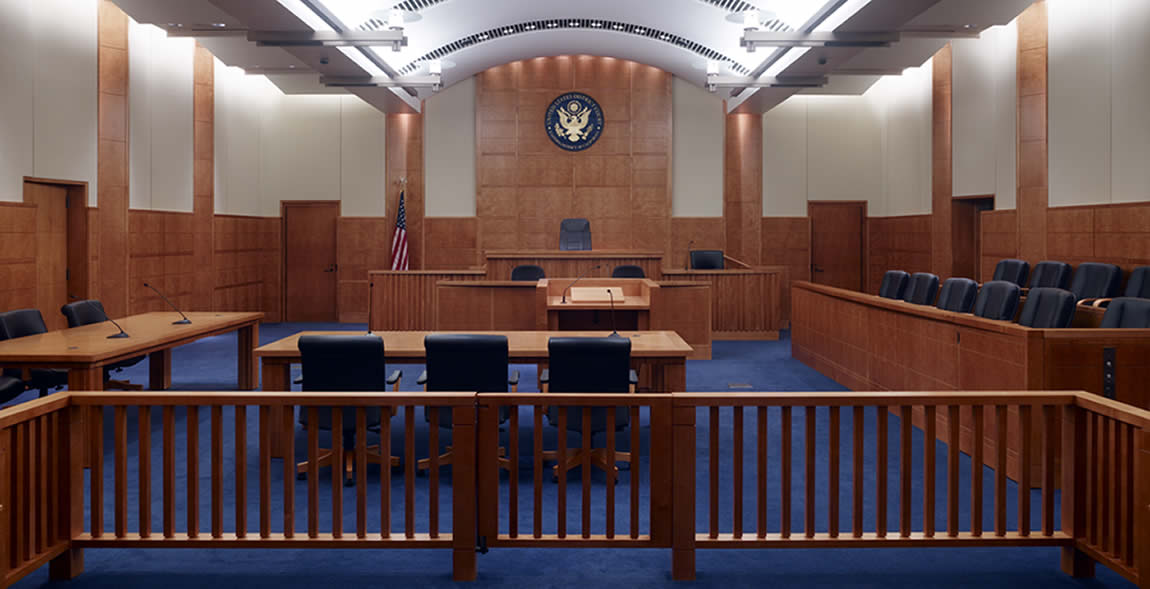 Se Habla Espanol
Se Habla Espanol
Bankruptcy: How it Works Attorney Fresno
 Bankruptcy is a process that can permit a single or business entity to eliminate some or all of their debts all the while under the protection of the Federal Bankruptcy Court. Though there are debts that can be settled through bankruptcy as well others such as child/spousal that do not apply.
Bankruptcy is a process that can permit a single or business entity to eliminate some or all of their debts all the while under the protection of the Federal Bankruptcy Court. Though there are debts that can be settled through bankruptcy as well others such as child/spousal that do not apply.
Now There are two types of bankruptcy Chapter 7 which is classified as a liquidation. It’s called a liquidation because it permits a trustee to sell some of your property to pay off some of the debt. However according to state law you are permitted to keep certain property that is labeled as “exempt.” Then there’s Chapter 13 the most common reorganization bankruptcy among consumers.
Both of these chapters have many rules and exceptions as to which debts and with what methods, also including the property may or may not be “exempt.”
Property liquidation allows you to sell some of your property to settle some or all of your unsecured debt. (That is to say debt that has had no collateral given.) Secured debt, (Let’s take a car loan for instance.) If the lender agrees you can have them repossess the vehicle until you pay it off. Or making a payment equal to the replacement cost of the vehicle. However not everyone can file for this type of bankruptcy most particularly those with an income deemed sufficient to afford a Chapter 13 repayment plan.
Chapter 13 commonly called “Wage Earner,” utilizes a reliable source of income to pay of some of your debt. You can file a “repayment plan” that states how you will pay back your debts over a time frame of three to five (3-5) years. The minimum payment will be determined based on the amount of money you earn with how much you owe. The debt limit being $1,010, 650 in secured debt and $336,900 in unsecured debt.

